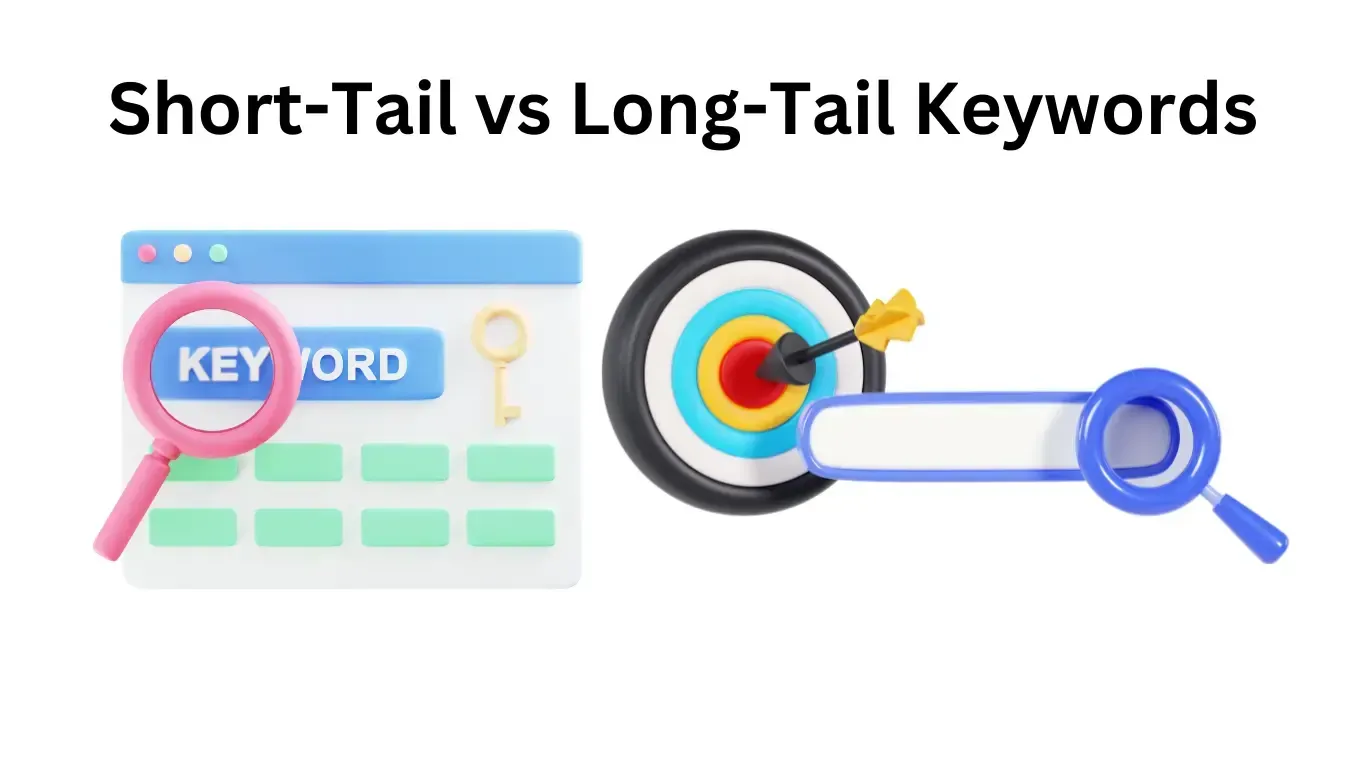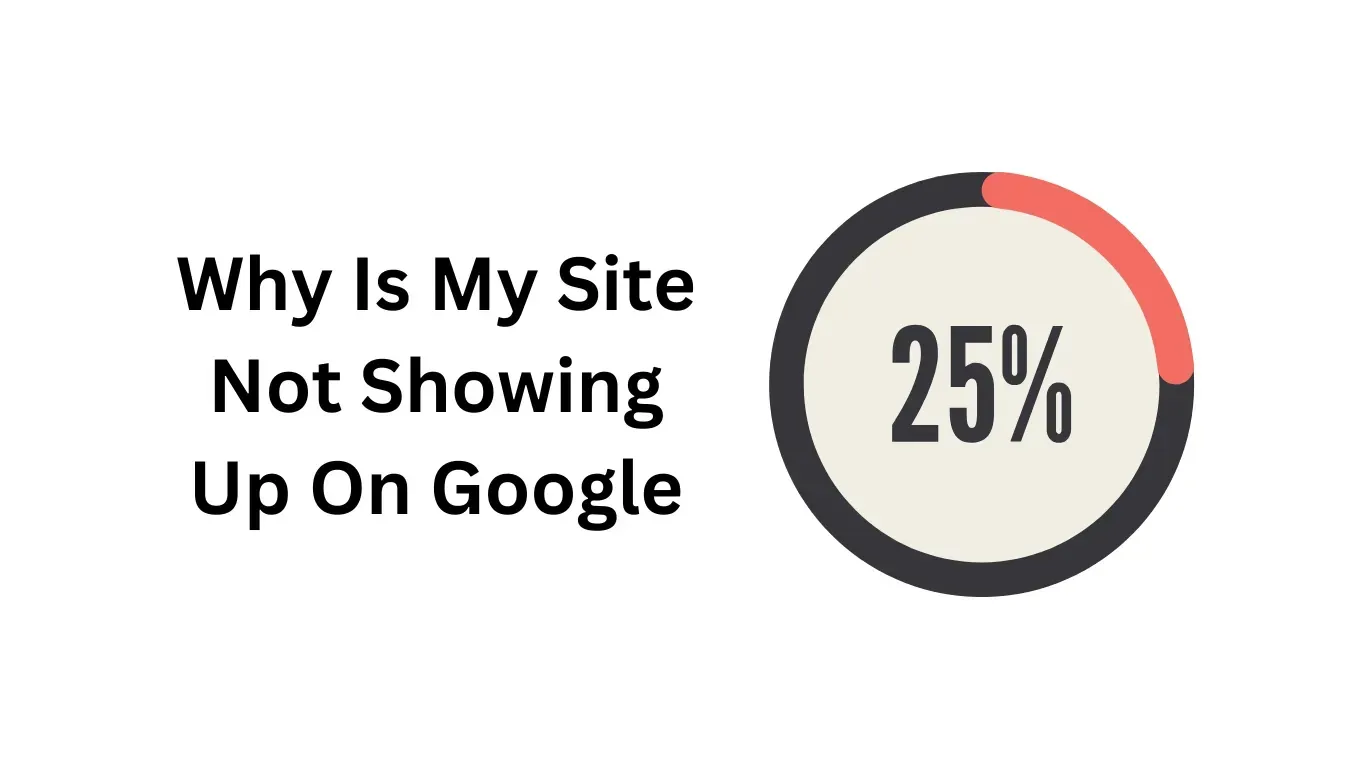Keyword Strategy: Short-Tail vs Long-Tail Keywords

The Power of Short-Tail and Long-Tail Keywords in SEO
It is time to go over the difference between short-tail and long-tail keywords, as it is essential, and we want you to succeed in this wild SEO world. Short-tail keywords are brief and generic phrases that attract a high volume of searches but are highly competitive. In contrast, long-tail keywords are more specific and less competitive, leading to higher conversion rates. By combining both types of keywords strategically, website owners can achieve optimal results regarding visibility, traffic, and conversions. The article will explore the characteristics, advantages, and disadvantages of each type of keyword and provide insights on effectively using them in your SEO strategy. Ok, let's get started.
Understanding the Dynamics of Short-Tail Keywords
Definition and Characteristics
Short-Tail Keywords is Brief and Generic
Short-tail keywords are search terms generally limited to one or two words. Due to their broad and generalized nature, these keywords encompass a wide range of search intents. Examples include "shoes" or "coffee." The purpose of such broad keywords is to capture more impressions and reach your ideal customer; however, there is a lot of competition for short-tail keywords. We will explain more in the section below.
Short-Tail Keyword Has High Search Volume
One significant characteristic of short-tail keywords is their high search volume. Because they cover broad topics, a large number of users are likely to search for these terms regularly. However, the downside to this popularity is the intense competition it attracts, making it challenging for businesses to rank highly in search engine results pages (SERPs) for these keywords. If you are a local business owner who only services your city and neighboring cities, then you want to go into more detail on your keyword. We go into detail in this post.
Relevant Post: How to Grow My HVAC Business
Short-Tail Keyword is Harder to Rank
The generic nature of short-tail keywords means that they are applicable to a wide variety of contexts and industries. What does this mean in simple terms? Well, if you are a local business trying to rank for a broad term, there will be others nationwide trying to do the same thing. Take a step back for a minute and digest what we just said. Above is the relevant post where we go into the details and provide you examples to get a better understanding of this dynamic.
Short-Tail Keywords: Advantages and Disadvantages
Advantage: Captures a Broad Audience
One of the most significant advantages of using short-tail keywords is their ability to capture a broad audience and generate substantial web traffic. Since these keywords are highly searched, they have the potential to bring in large quantities of visitors. For businesses aiming to boost their overall visibility, short-tail keywords play a critical role by drawing in a diverse array of users from different niches. Now, this is easier said than done. Remember, you are not the only one targeting those short-tail keywords; other businesses in your industry are doing the same thing, so you are most likely competing with businesses within and outside of your state.
Advantage: Improves Brand Visibility
If your business manages to rank successfully for short-tail keywords, the payoff in terms of brand visibility can be significant. Appearing on the first page of search results for broadly searched terms can substantially elevate a brand's visibility and authority. Again, the drawback is that you have a ton of competition. Just because you made it to the top page of Google or one of the top spots does not necessarily mean you will be there for a long period of time if you are not managing it. This means you need to produce quality content continuously and get more backlinks for that specific keyword. We highly encourage small businesses to focus on more niche-rich keywords that will elevate your brand while generating more sales for your business.
Disadvantage: Lower Conversion Rates
Despite their ability to draw high traffic, short-tail keywords often suffer from lower conversion rates. The generality of these keywords means that the traffic they bring in is less targeted. Users searching for broad terms may have varied intents, which can result in fewer actual sales or leads. Hence, while short-tail keywords are excellent for awareness, they may not always lead to purchase. Further, you want to keep in mind the bounce rate; if people are shopping around and are glancing at your site for a few seconds and then going back to the search results page, this is a bad signal to send to Google. In a nutshell, it tells Google that your content might not be relevant, which hurts your SEO and your ranking as well.
Decoding the Power of Long-Tail Keywords
Definition and Characteristics
Long-Tail Keyword is Search Specific
Long-tail keywords are usually three words or more. These phrases are particular and cater to specific queries or intents. So, if you are a local business owner, this is precisely how you want to position yourself. Examples include "best running shoes for flat feet" or "how to brew coffee at home."
Long-Tail Keyword Has Lower Search Volume and Low Competition
Long-tail keywords, for the most part, have lower search volumes compared to their short-tail counterparts. Their specificity means fewer people are searching for these exact terms. That said, it is much less competitive and easier to rank for these types of keywords. If your content is relevant and is able to help out people searching for these long-tail keywords, you will start seeing the results in the Google rankings. Of course, this is just one factor, but it will help.
Long-Tail Keyword Has Higher Purchase Intent
Typically, users who search using long-tail keywords exhibit higher purchase intent. The specificity of their searches indicates that they are further along in their buyer's journey and have more defined needs. This means that traffic driven by long-tail keywords is more likely to convert into sales or leads, making them extremely valuable for targeted marketing efforts. Does this make sense as to why targeting long-tail keywords is crucial for local businesses?
Long-Tail Keywords: Advantages and Disadvantages
Advantage: Higher Conversion Rates
One of the most notable advantages of long-tail keywords is their higher conversion rates. As mentioned above, users are usually further along their research journey and tend to be in buying mode if something particular meets their needs. It is an easier sale per se. This is where doing keyword research is super important to really understand what users are searching for and build strategies around that.
Advantage: Easier to Rank
Even though long-tail keywords have lower monthly search volume, they are much easier to rank for as they are less competitive. For the most part, there are fewer websites targeting these specific phrases; hence, it is easier to rank on the top page of Google. Again, it is super important to stay up with the trend of keywords, how much volume it has, and how difficult it is to rank for. Why? Because search intent could change, and a keyword that brings you ten new clients a month, months later, it could bring less than that or much more, so keep up with the trends. The recommendation is to write a blog in order to tackle a range of long-tail keywords; that said, the blog needs to have valuable content.
Disadvantage: Lower Search Volume
Now, there has to be a downside, right? Yes, there is; long-tail keywords could bring you less traffic overall; however, as mentioned above, for the most part, it should be quality traffic. If your competitor picks up on a long-tail keyword that you are targeting and which is bringing you traffic, that is where things could start to go downhill. Why? Simply because they could start incorporating these keywords into their current content or start blogging with that specific keyword, and if their content is better, well, Google might start ranking them, which can ultimately help their business take traffic away from you. This is another reason why you need to stay updated with keyword research and their trend. Not only will you see if the keyword volume has changed, but if their difficulty has increased, which is an indicator that more competitors are on the horizon and climbing.
Keywords Research Tools and Best Practices
Use Keyword Research Tools
Effective keyword research is the backbone of a successful SEO strategy. Utilize tools such as Google Keyword Planner, SEMrush, and Ahrefs to gather comprehensive data on both short-tail keywords vs long-tail keywords. These platforms provide valuable insights into search volumes, competition levels, and keyword trends. By leveraging these tools, you can identify high-potential keywords that align with your business objectives and target audience. Make sure to keep what we've gone through so far in mind. Now, you do not need SEMrush and Ahrefs; as long as you have one, you are in good shape.
Competitor Analysis
Benchmarking against competitors is a powerful tactic in keyword research. By analyzing your competitors' use of short-tail keywords vs long-tail keywords, you can uncover effective strategies and gaps in their approach. This is where strategy is paramount, as you can really start outshining your local competitor if you do it right. And yes, Alterior Digital is a beast in spotting these gaps so your business can take advantage of those opportunities. Our background has over 10+ years of experience in the analytics world, so we know a thing or two about capitalizing on competitors' deficiencies.
Keyword Trends
Search intent is always shifting and evolving, more so on specific niches than others, but regardless, it is shifting overall. Regularly revisiting and updating your keyword strategy is essential to stay relevant. You need to keep track of emerging trends and shifts in search intent to refine your list of short-tail keywords vs long-tail keywords. Whether it's seasonal trends, changes in consumer behavior, or industry developments, adapting your strategy ensures that your content remains aligned with what users are seeking, thus maintaining your visibility and effectiveness.
Ok, Let's Wrap This Up
Short-tail keywords and long-tail keywords each have their own set of advantages and disadvantages, but when strategically combined, they can create a powerful SEO strategy that maximizes both traffic and conversions. We truly hope that you found this information helpful, and we hope you start applying it to improve the online presence of your business and start outranking your competitors. If you are looking to partner up with a company that cares about its clients and works alongside them to build the best strategies possible, then Alterior Digital is the way to go. We encourage you to get our free SEO Audit to get started.




